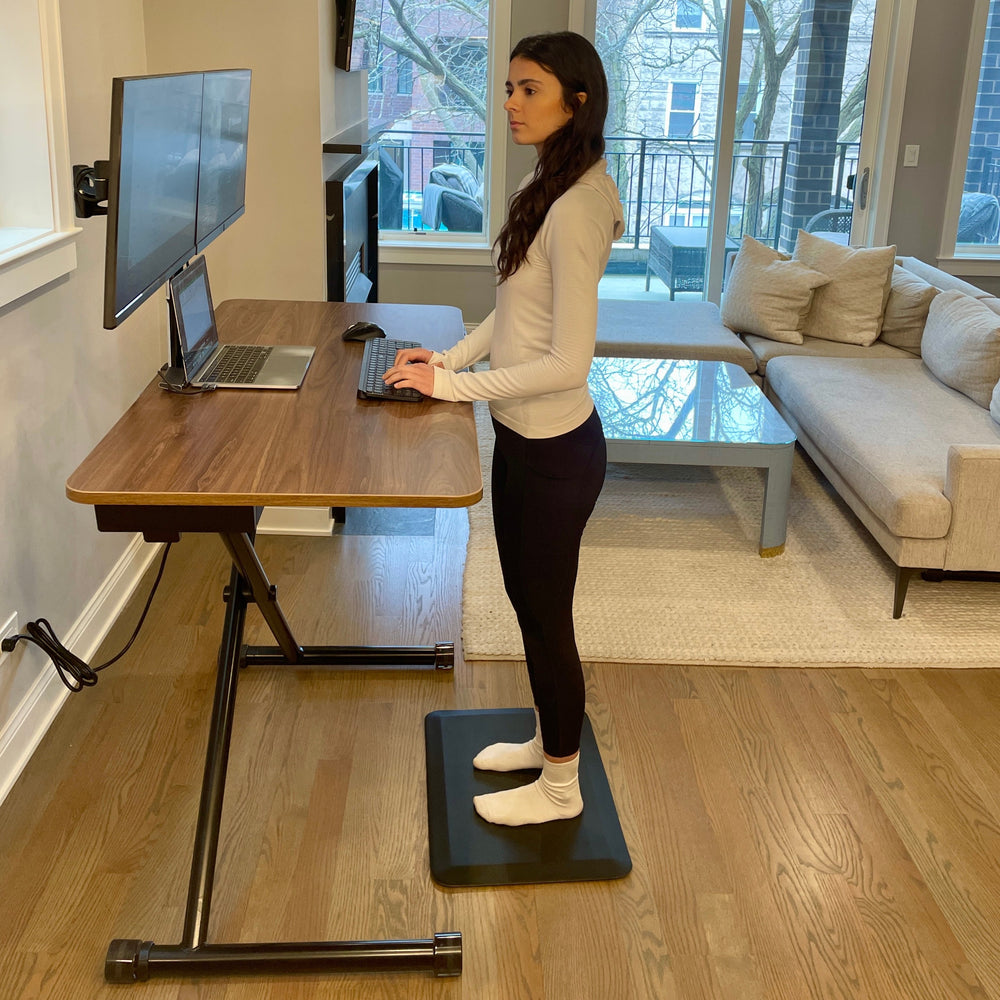In the ever-evolving healthcare landscape, the adoption of artificial intelligence (AI) is transforming how clinicians manage their practices. One of the most impactful AI-driven tools is the AI medical scribe, a technology that assists healthcare providers with documentation by automating the process of transcribing patient encounters. While the primary focus of AI medical scribes is to improve documentation accuracy and efficiency, their benefits extend far beyond that, ultimately enhancing clinician workflow and patient care. This article explores the key advantages of AI medical scribes for clinicians and how they are reshaping healthcare delivery.
What is an AI Medical Scribe?
An AI medical scribe is an advanced software system that uses artificial intelligence, including natural language processing (NLP) and machine learning, to document patient encounters. AI scribes capture and transcribe verbal interactions between clinicians and patients, automatically converting these conversations into structured clinical notes. These notes can then be integrated into electronic health record (EHR) systems. By reducing the time and effort clinicians spend on documentation, AI scribes free up valuable time for patient care and improve the overall efficiency of healthcare practices.
1. Increased Time for Patient Care
One of the most significant benefits of an AI medical scribe is the time clinicians save by automating the documentation process. Traditionally, clinicians spend a considerable amount of time typing out patient notes, completing charts, and entering data into EHR systems. This administrative burden can often lead to burnout and reduced time spent with patients.
AI medical scribes alleviate this issue by documenting patient interactions in real-time, allowing clinicians to focus more on patient care. With less time spent on paperwork, clinicians can engage more deeply with their patients, improving the quality of the patient-clinician relationship and enhancing the overall care experience.
2. Improved Documentation Accuracy
AI scribes are designed to transcribe patient encounters with a high degree of accuracy. By using NLP and machine learning, these systems can capture complex medical terminology and patient details, ensuring that clinical notes are precise and comprehensive. AI scribes also reduce the risk of human error that often occurs when clinicians manually enter data into EHR systems, such as misspellings, incorrect codes, or missed information.
Moreover, AI medical scribes are continuously improving their accuracy as they learn from every interaction. This evolving capability makes them increasingly reliable over time, helping clinicians ensure that patient records are accurate and up to date.
3. Standardization of Clinical Notes
AI scribes help ensure that clinical documentation is consistent across different providers and settings. By using predefined templates and language, AI scribes standardize how patient encounters are documented, which is especially beneficial in collaborative healthcare environments where multiple clinicians may be involved in a patient’s care.
Standardization also plays a crucial role in improving the quality of care. Consistent documentation helps healthcare teams communicate more effectively, reducing the likelihood of miscommunication and improving clinical decision-making. It also makes it easier to track patient progress over time, ensuring that important details are not overlooked.
4. Enhanced Compliance and Billing Accuracy
Another significant benefit of AI medical scribes is their ability to improve compliance with healthcare regulations and enhance billing accuracy. Medical documentation must adhere to strict guidelines and coding standards for insurance reimbursement, regulatory requirements, and legal purposes. AI scribes automatically capture the necessary details and ensure that they are recorded in accordance with compliance standards.
By reducing the risk of incomplete or inaccurate documentation, AI scribes also help prevent billing errors, such as missed charges or incorrect codes. This can improve revenue cycle management and ensure that clinicians and healthcare organizations receive the appropriate reimbursement for services provided.
5. Reduced Burnout and Improved Work-Life Balance
Physician burnout has become a growing concern in the healthcare industry, and excessive administrative work is a significant contributor. The time and mental energy spent on documentation often leave clinicians feeling overworked and disconnected from their patients.
AI medical scribes offer a solution to this problem by significantly reducing the amount of time clinicians need to spend on documentation. This can help mitigate burnout, allowing clinicians to focus on their primary role—caring for patients. With a reduced administrative burden, clinicians may also experience improved work-life balance, as they have more time and energy to devote to personal activities outside of work.
6. Seamless Integration with EHR Systems
AI medical scribes integrate seamlessly with existing EHR systems, allowing clinicians to continue using their preferred tools without disruption. Once the AI scribe captures the patient encounter, it automatically inputs the documentation into the EHR system, ensuring that clinical notes are updated in real-time.
This integration reduces the need for clinicians to manually input data, saving time and reducing the chances of data entry errors. The streamlined workflow created by AI scribes helps create a more efficient practice, where clinicians can spend more time interacting with patients and less time on administrative tasks.
7. Improved Data Utilization and Analytics
The data captured by AI medical scribes is structured and standardized, making it easier for healthcare organizations to leverage this information for data analysis and decision-making. AI scribes can extract key insights from clinical notes, providing clinicians and administrators with valuable information about patient trends, treatment effectiveness, and overall practice performance.
Additionally, healthcare organizations can use this data to improve population health management, identify care gaps, and optimize clinical workflows. By using data-driven insights, healthcare providers can enhance patient care and improve operational efficiency.
8. Cost Savings for Healthcare Practices
AI medical scribes can offer significant cost savings for healthcare practices. By automating the documentation process, practices can reduce the need for additional administrative staff or outsource medical transcription services. AI scribes also help increase clinician productivity, allowing practices to see more patients without sacrificing the quality of care.
Moreover, the improved accuracy and compliance offered by AI scribes can reduce the risk of costly billing errors, legal issues, and penalties. These savings can be reinvested into improving patient care or expanding practice capabilities.
Related: AI Medical Scribe Benefits for Clinicians
Conclusion
AI medical scribes are transforming the way healthcare providers approach documentation, offering numerous benefits for clinicians. From saving time and reducing burnout to improving accuracy and enhancing compliance, AI scribes help clinicians focus on what matters most—patient care. As healthcare continues to evolve, AI-powered tools like medical scribes will play an essential role in improving the efficiency, accuracy, and quality of care delivery. By embracing this technology, clinicians can not only streamline their workflows but also enhance their work-life balance and patient interactions, ultimately benefiting both providers and patients alike.





